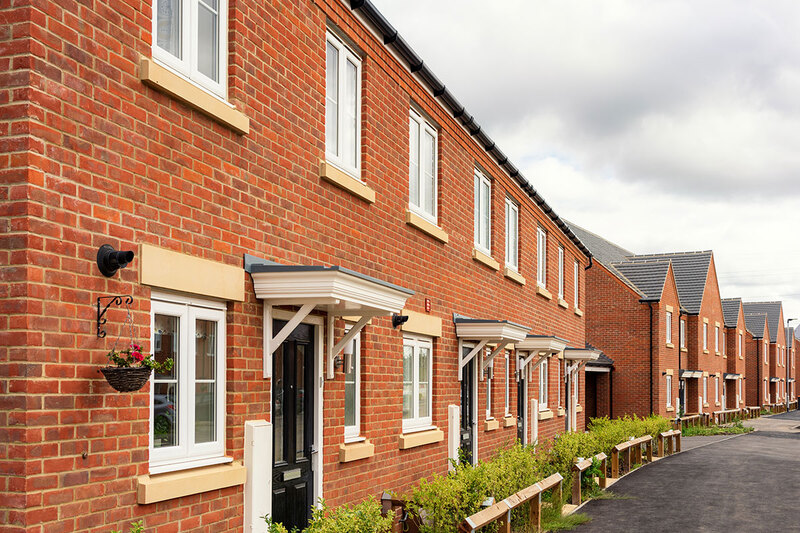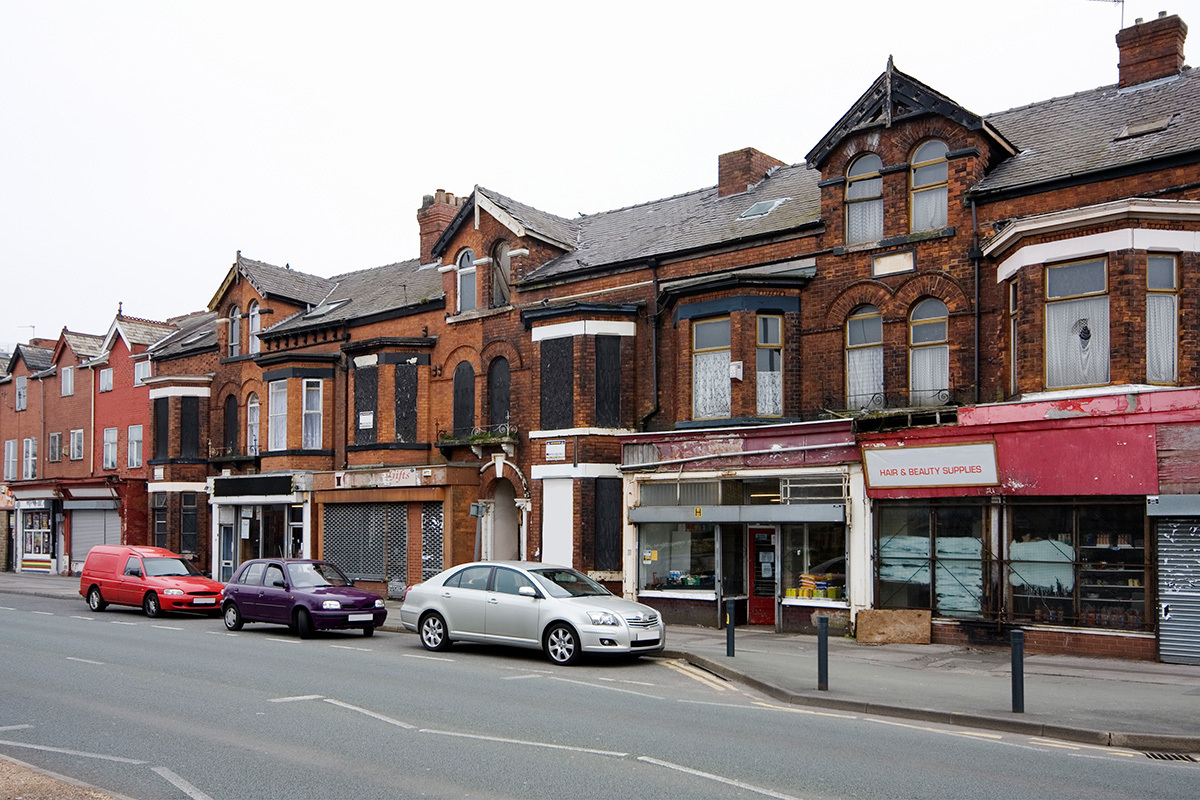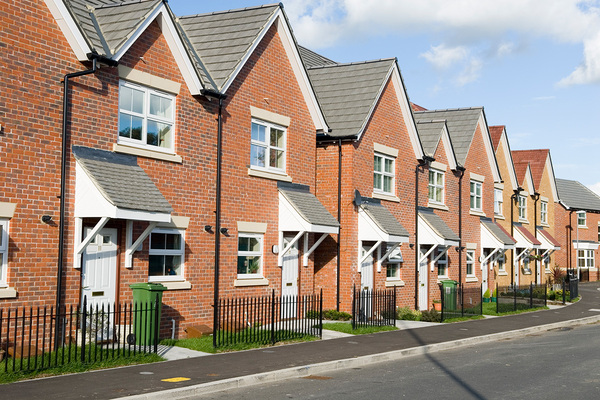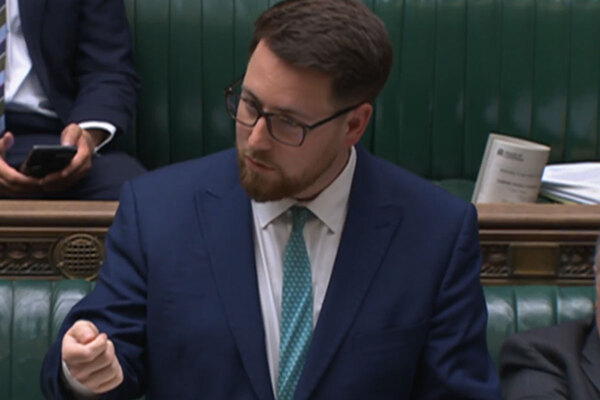You are viewing 1 of your 1 free articles
Jenrick launches Office for Place to help councils ‘banish ugly developments’
Housing secretary Robert Jenrick has set out plans to “banish ugly developments” through a new Office for Place and changes to the National Planning Policy Framework (NPPF).
The updated NPPF includes a provision allowing local planners to reject what are deemed as ugly, unsustainable or poor-quality developments and making it easier to approve schemes considered beautiful and practical.
Ministers have also published a National Model Design Code which they hope will help councils create “local, binding standards” for new development.
The tweaked NPPF will expect local authorities to develop a local design code with input from the local community, which will act as a rulebook for developers.
A new Office for Place will be established to test and pilot the National Model Design Code with more than 20 local councils and communities.
The Ministry of Housing, Communities and Local Government has set up a new advisory board chaired by Create Streets chief Nicholas Boys Smith and includes prominent neo-classical architect Robert Adam as well as Royal Town Planning Institute chief executive Victoria Hills.
The board will advise on the work of the Office for Place and consider options for it to become an independent body.
Speaking at an event yesterday, Mr Jenrick also promised better access to the planning process with online map-based local plans – allowing people to visualise local plans for development and participate more fully in the planning system.
He said: “Today I have set out the government’s vision for a planning system that make beautiful, sustainable and life-enhancing design a necessity, rather than a luxury.
“Our revised National Planning Policy Framework will ensure that communities are more meaningfully engaged in how new development happens, and that local authorities are given greater confidence in turning down schemes which do not meet locally set standards.
“This is about putting communities – not developers – in the driving seat to ensure good-quality design is the norm, and the return to a sense of stewardship, to building greener, enduringly popular homes and places that stand the test of time in every sense.”
Among the changes to the NPPF are the ability for communities to ask for new streets to be tree-lined, new schemes to improve biodiversity and access to nature, along with added emphasis on approving good design, and refusing poorly designed schemes.
The plans were given a cautious welcome from the Campaign to Protect Rural England’s head of land use, Paul Miner, who said: “Good design is crucial for healthy, thriving and low-carbon communities in our countryside. That’s why it is hugely welcome to see these new design codes and the launch of the new Office for Place.
“But the government’s disastrous planning proposals, that look set to halve democratic input in planning, will completely undermine any progress on design and design codes. Good design is impossible without local democracy and accountability in the planning system.
“So, if ministers are serious about creating the beautiful places of the future, they should start by totally rethinking their planning proposals and ensure people and nature are put back at the heart of planning.”
David Renard, housing spokesperson for the Local Government Association and leader of Swindon Council, said councils would need funding and support to develop local design codes.
“We would also like to see the Office for Place body include local government representation, so it can benefit from the expertise and knowledge from a local level,” he added.
Alan Jones, president of the Royal Institute of British Architects, said: “Successful design is critical to the delivery of homes and communities fit for future generations.
“I therefore welcome measures that place greater emphasis on design quality, sustainability and placemaking. This includes the community-focussed approach of the National Model Design Code, which will see planning and development experts work directly alongside local authorities.
“I am also pleased to see the government recognise the need to use the UK’s world-class design expertise to deliver beautiful, green homes and places.
“However, I remain seriously concerned that wider planning system reforms – including the extension of Permitted Development Rights – undermine the stated commitment to quality design.”
Sign up for our daily newsletter
Already have an account? Click here to manage your newsletters













